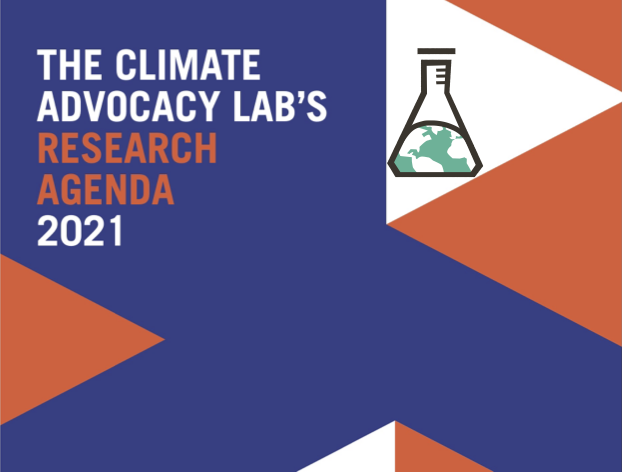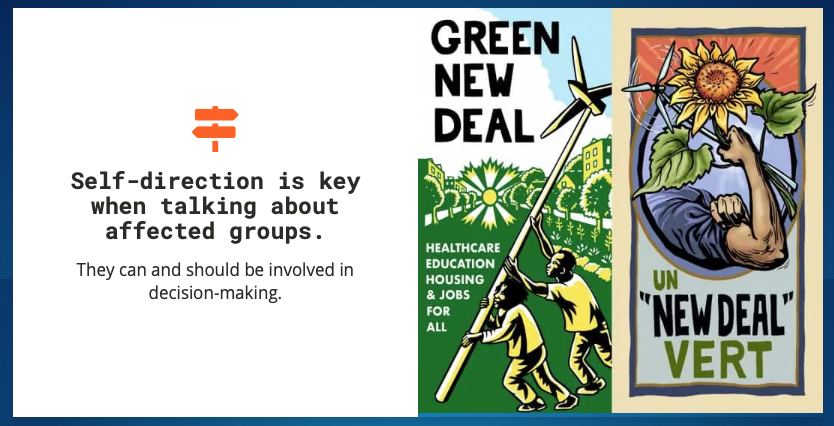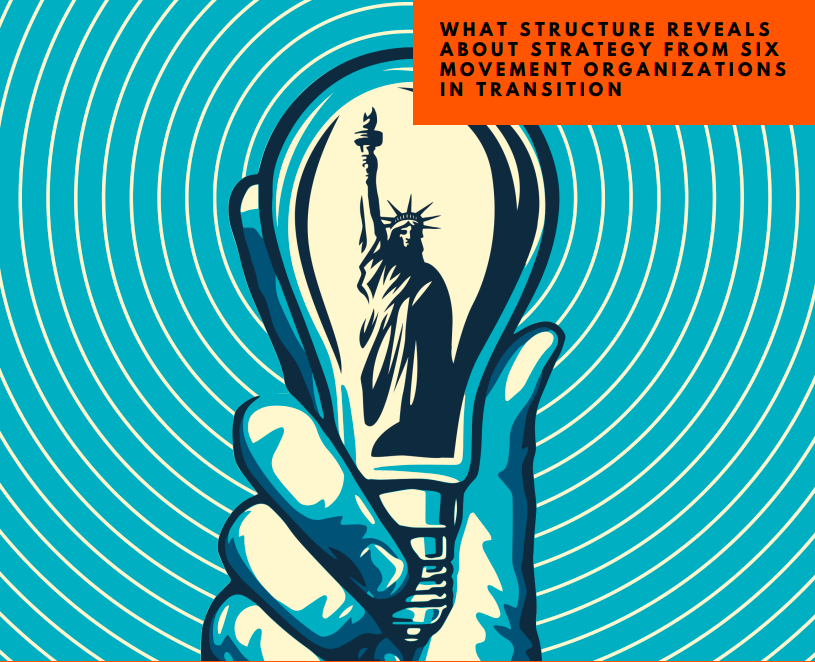Resources
Search below for resources covering the intersection of climate engagement, social science and data analytics.
RESULTS
Advocacy messages about climate and health are more effective when they include information about risks, solutions, and a normative appeal: Evidence from a conjoint experiment
A good formula for leveraging health messaging for climate advocacy: Tell people about the health consequences of climate change, health benefits of climate solutions, and include a call-to-action. This experiment found that each of these categories was worth including in a message to help motivate Americans to contact Congress. Within each of these categories, a variety of specific types of information were tested, with the most effective overall combination being a message that first described the negative impacts of climate change on air quality, then explained how transitioning to clean energy will benefit people’s health, and ended by explaining that most Americans support this solution, and many are taking action to advocate for it.
The One-on-One
There are six key steps to executing the best “one-on-one” conversation—specific to a union organizing setting, but potentially applicable to other settings. Step One: Discover the issues—ask open-ended questions to understand the problems the worker cares most about. Step Two: Agitate—ask provocative questions about the frustrations expressed by the worker. Step Three: Elucidate—provide your worker with alternatives, such as enhancing worker power with a union. Step Four: Make an “ask”—before assuming you will be rejected, ask the worker to take a concrete action. Step Five: Innoculate—prepare the worker for the toxic arguments that the boss will give in fighting union power. Step Six: Follow up—check in after the conversation to try to ensure consistent communication and action.
The Climate Advocacy Lab’s Research Agenda 2021
Research is core to the Lab’s goal of finding and highlighting evidence of what works (and what doesn’t) in climate advocacy. At the Lab, we know that many of the climate wins we need will be built on the foundation of investments now in research to answer the critical public engagement questions facing our movement. Our research agenda is a roadmap of what we think are some of the most critical gaps in the community’s evidence base, grounded in our Research Vision and driving our research program. Our research agenda also lays out our broader research principles, including putting theory into practice, an emphasis on portable results, the importance of centering equity & inclusion, the value of triangulating on knowledge from multiple sources, and more. In putting forward a research agenda, we hope to inspire and facilitate critical conversations, and we welcome input as we develop our research plans. We are also looking for partners to help us execute this agenda: climate advocacy organizations interested in field research, and funders to make ongoing learning possible. Please be in touch.
Climate Change in Your Backyard: When Climate is Proximate, People Become Activists
As climate change is perceived (or experienced) to be more proximate, people are more likely to take political action. A survey experiment of Californians found an 11% increase in climate activism (message writing to policymakers) among respondents who were primed with messages emphasizing the temporal and physical proximity of climate vs. the placebo group.
Research findings suggest that climate organizers should:
- Frame climate change in a way that reduces psychological distance by using the present tense and talking about it as issue that is happening "here and now"
- Avoid overly-negative messages which can de-motivate action by reducing efficacy
- Focus on the concrete actions that will help solve the problem
Systems Language for Narrative Power
Tell proactive stories about people changing systems. This blog post about the power of narrative notes that social movements tend to talk about systems in a way that’s disempowering. For example, climate solutions that rely on individual actions can distance people from the problem and the power they have to solve it. Instead, use language that reflects the power that people have to change and shape systems. Show why a problem exists, who the decision makers are, and how people can or have changed policies and practices.
2021 M+R Benchmarks Study
Every year M+R Strategies, a digital services firm for progressive non-profits, releases its Benchmarks Study. The 2021 version analyzes the nonprofit digital advocacy and fundraising field using data from over 220 participating organizations. The Study covers these areas:
- Digital advertising
- Email messaging
- Mobile/SMS messaging
- Social media
- Fundraising
- Membership
- Website traffic and useage
Changing the Conversation Together: Evaluating Impact, 2020
Changing the Conversation Together (CTC) is working to create a network of deep canvassers to grow the American electorate into a more inclusive and compassionate one. Deep canvassing is a method of voter engagement that draws on respect and shared experiences to encourage voter turnout. In this report, CTC examines the impact that their deep canvassing had both on turnout and vote choice. They find that CTC canvassing increased the likelihood of turnout by approximately 14%. For low propensity voters, those least likely to turnout, CTC finds that their efforts increased the likelihood that they voted by 25%. They also find that deep canvassing cannot wait until the last minute. These conversations need to be happening often and well-before election day. Advocates interested in making an impact at the polls should consider diverting even modest resources to deep canvassing, particularly for less likely voters.
The psychology of balancing gains and losses for self and the environment: Evidence from a carbon emission versus travel time tradeoff task
Motivational messaging can encourage people’s willingness to make trade-offs in favor of the environment. In this study, researchers find that giving people information about how longer air travel times reduce carbon emissions make people more willing to have longer travel times. This willingness was even higher for those who were told the travel time would be much longer, rather than just a little longer. Finally, the authors also find that the effects of messaging are strongest among those with higher levels of environmental concern. Members interested in encouraging trade-offs in favor of the environment should consider motivational information framing.
Framing Climate Justice
A series of participatory workshops, research and testing revealed key insights into how the UK public thinks about climate justice now and how the movement effectively communicate climate justice issues. Recommendations include:
- Emphasize solidarity with those most affected, which also acknowledging the problems facing UK citizens
- Be careful with "emergency" framing: doom and gloom makes people panic, closing down potential for solidarity
- Self-direction is key when talking about affected groups -- they can, and should, be involved in decision-making
- Make the links between climate, capitalism, and colonialism. Break things down and use "economic design" to help make this crucial connection
Building Structure Shapes: What Structure Reveals About Strategy from Six Movement Organizations in Transition
When faced with challenges to their power, social movement organizations can revise their structure in different ways to solve different problems. For example, the Sunrise Movement has engaged its membership in an attempt to decentralize some power from its national staff to local hubs. Color Of Change expanded its staff-driven approach to create events and local groups for social engagement and localized projects, in addition to refocusing its campaign goals to local elections. United for Respect has experienced member and staff growth, experimenting by organizing staff by campaign and by role, settling on a hybrid structure, utilizing both. Other organizations—ISAIAH, New York Working Families Party, and Florida’s Statewide Alignment Group—have also re-structured in illuminating ways. This report employs useful metaphors to describe different group structures, including “boat”, “big tent”, “Rubik’s Cube”, “house”, “stool”, and “fractal”.
Pagination
- Previous page
- Page 2
- Next page






